

Abstract
The automotive industry has seen a rapid change in the technologiesused inside the vehicles. Since the introduction of the fifirst electronic control unit,the impact of electronics and computer science on the quality of the vehiclesis increasing every year. Arguably, safety is one of the most important qualityattributes of a vehicle that needs special attention during all the stages of thelifecycle of a vehicle. The overall safety of a vehicle can be seen from multipleaspects, such as passive safety, active safety, and functional safety. Functionalsafety addresses the hazards that are caused by malfunctioning of electrical and/orelectronic (E/E) systems. There are many factors that impact functional safety suchas the organization and management, the development process, the design of thesystems, the system type and technologies used in it, the quality control methods,etc. The ISO 26262 standard provides the state of the art of functional safety inautomotive industry. In this chapter some of the most important aspects of functionalsafety from ISO 26262 perspective are discussed; namely, safety management,development process, architecture design, and safety assurance are presented here.
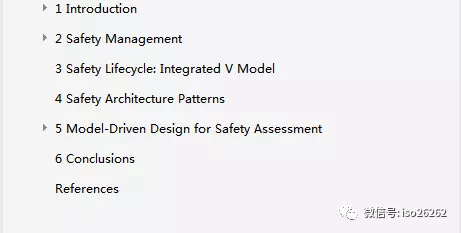

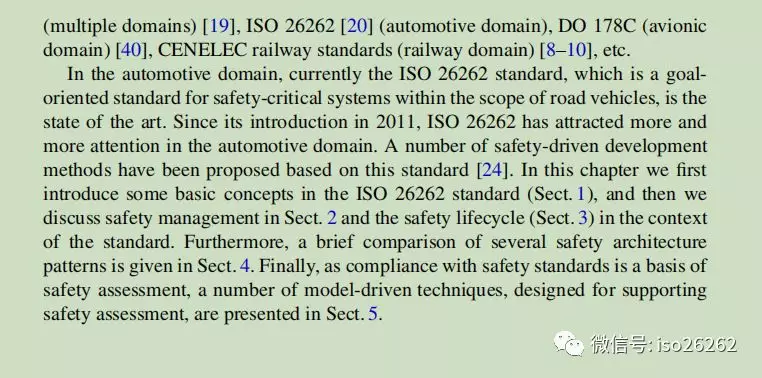



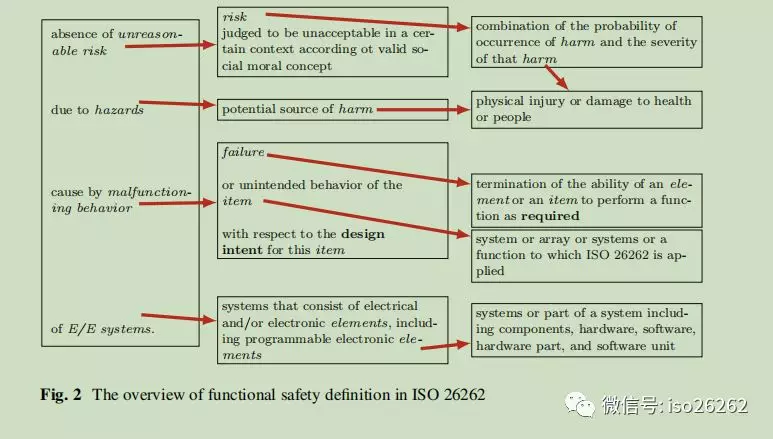

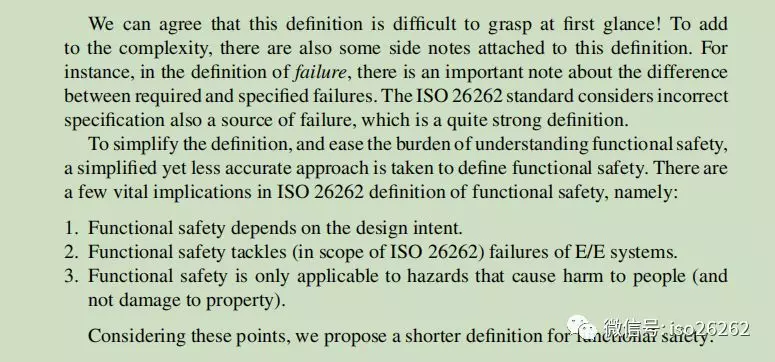
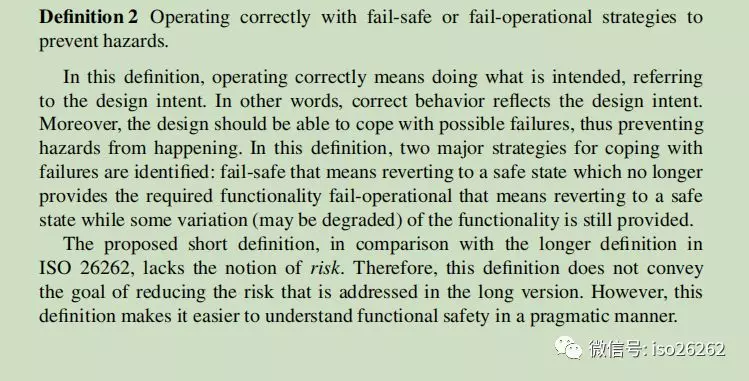



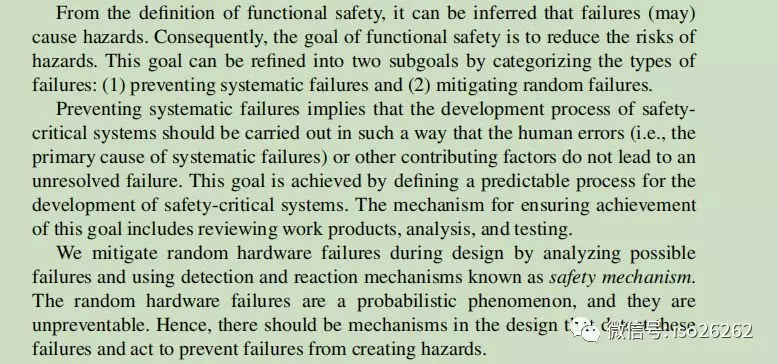
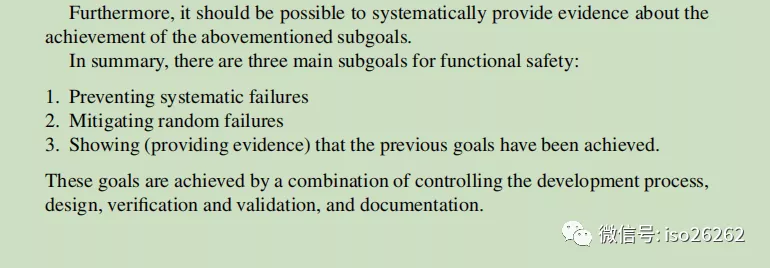

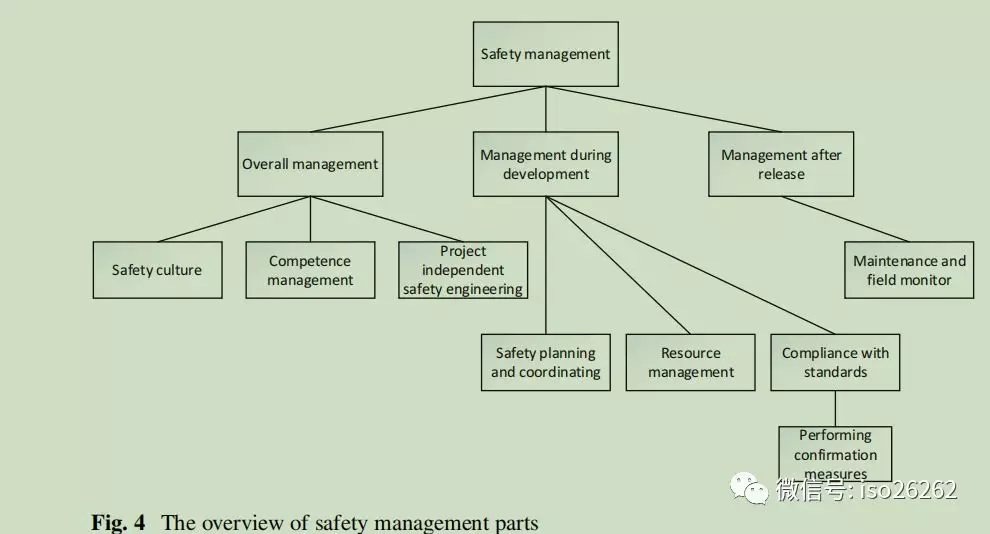



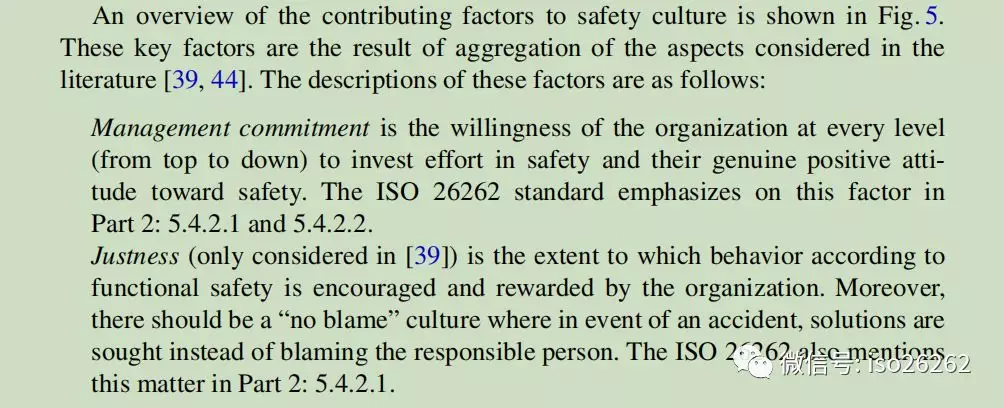
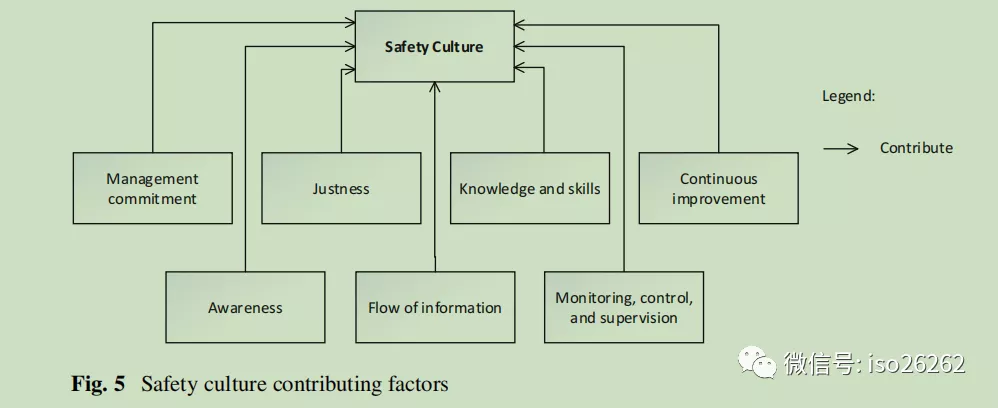
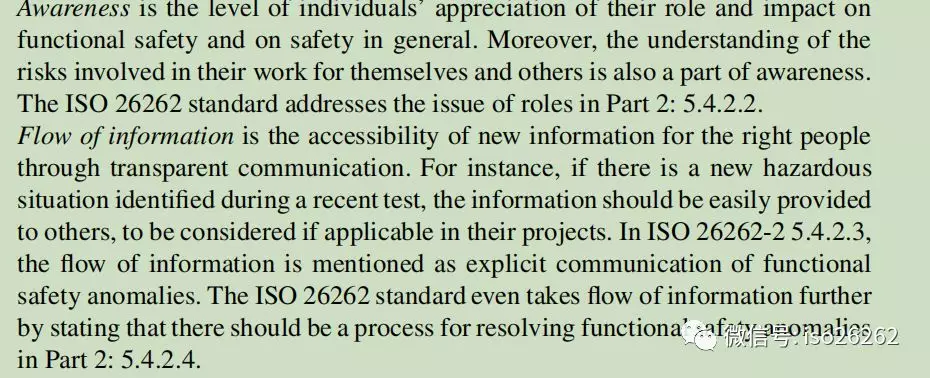
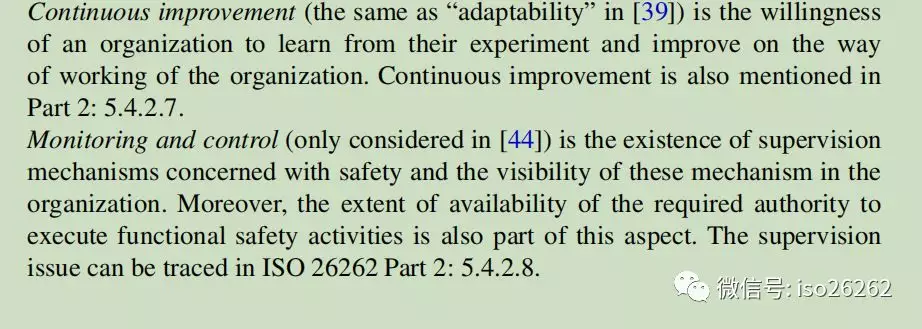


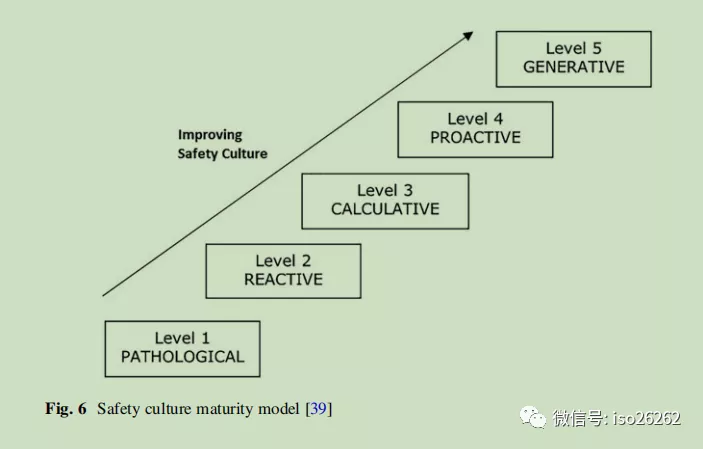
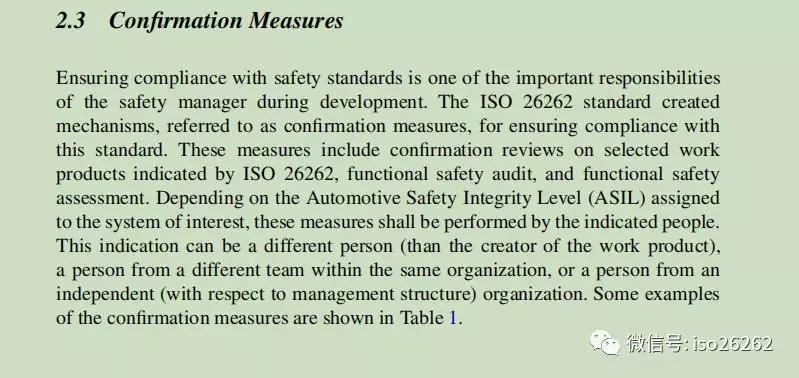
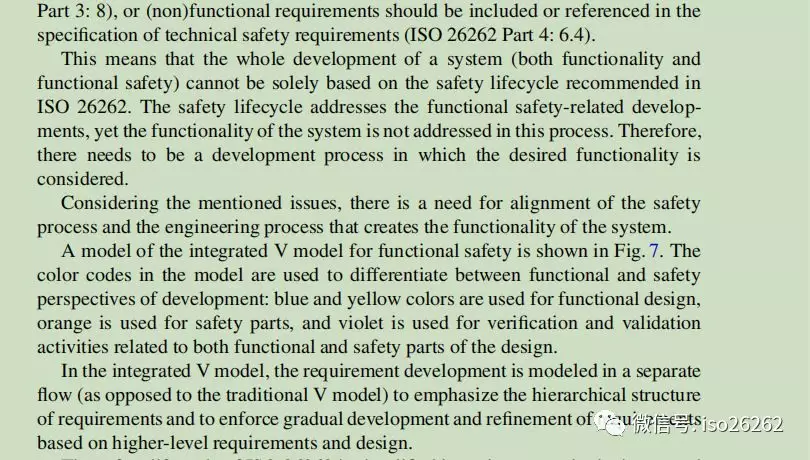

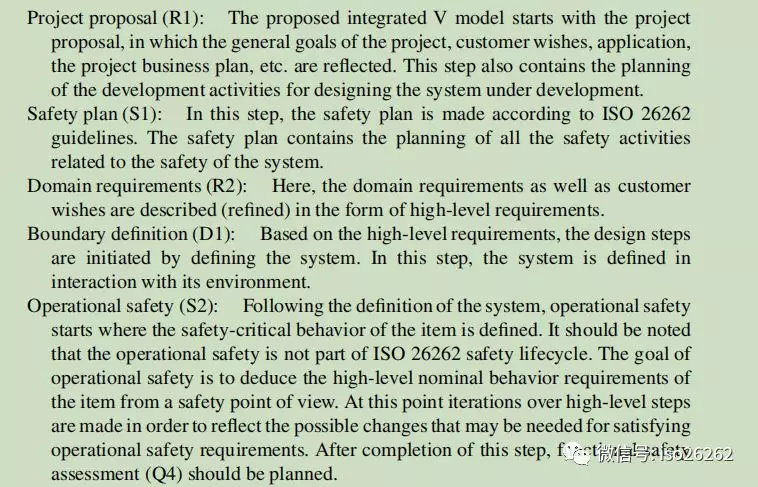
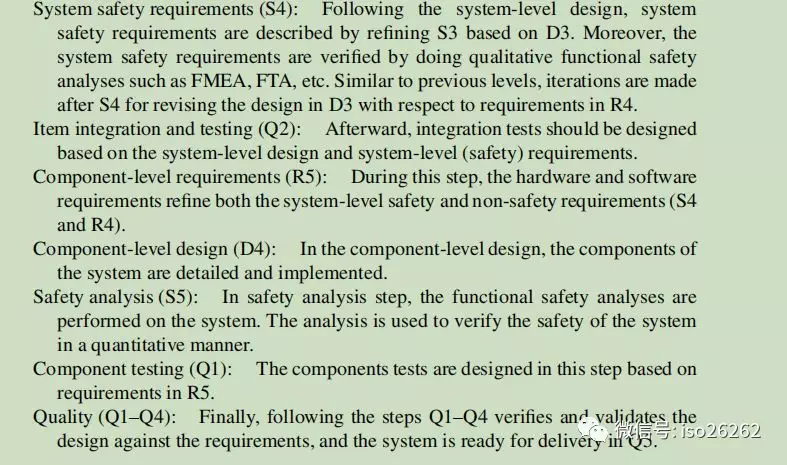

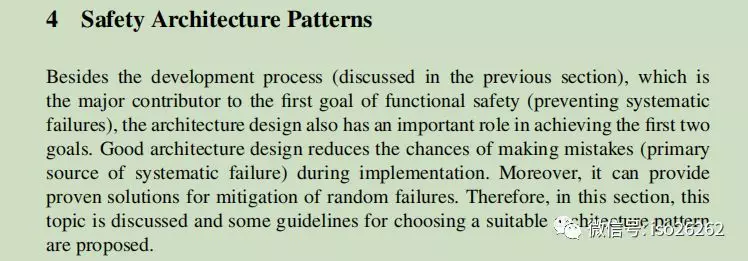
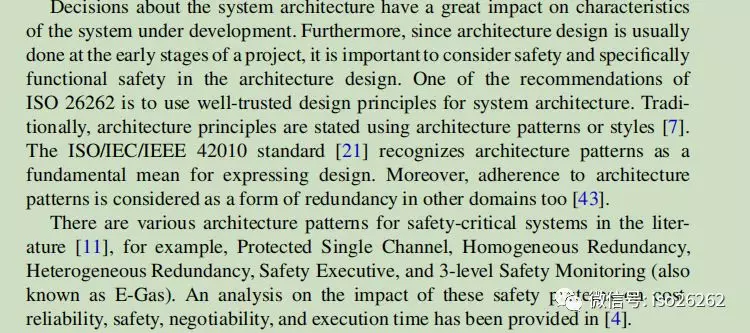


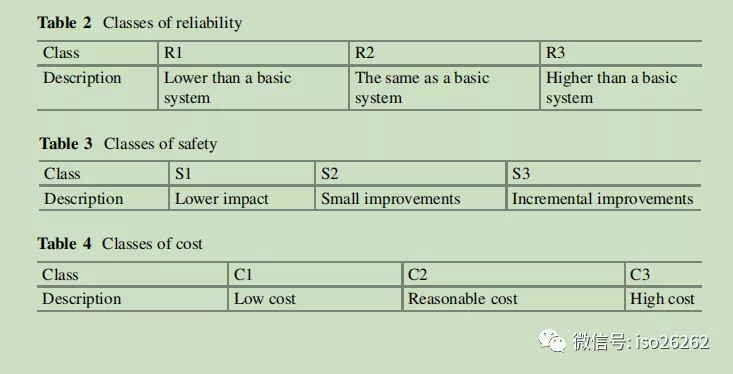
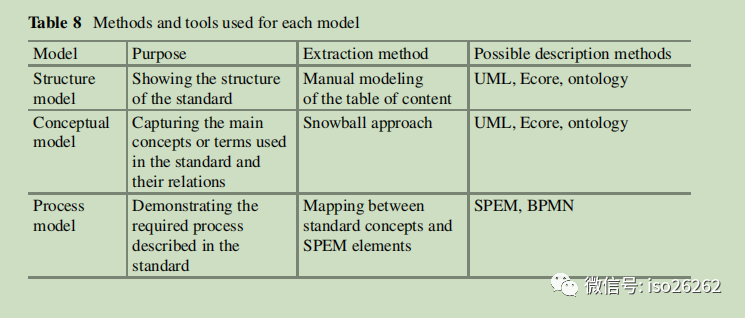
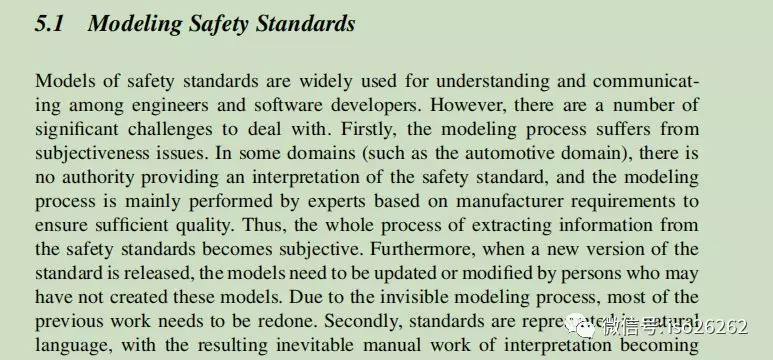
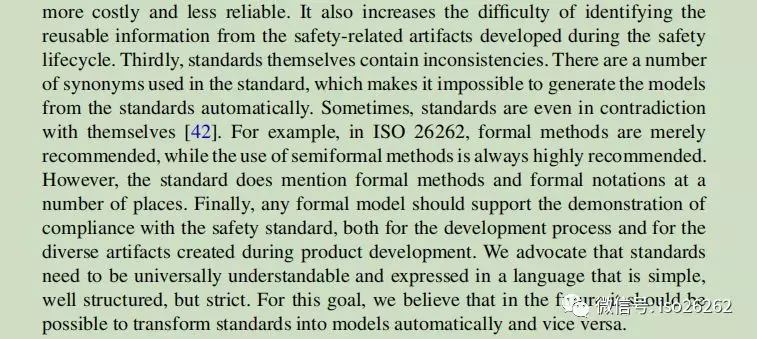

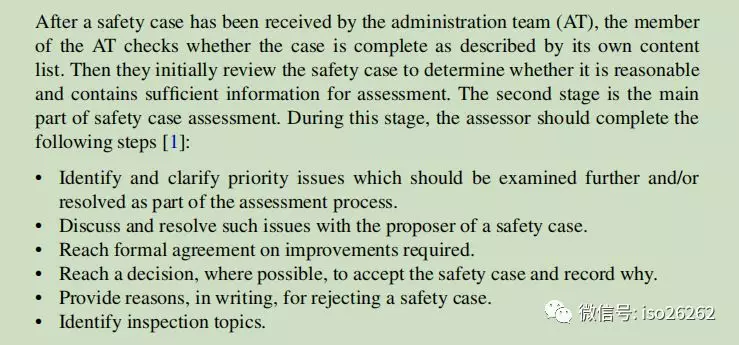

Conclusions
As more and more manufacturers in the automotive domain start to comply withthe ISO 26262 in their projects, in this chapter we have discussed a number ofrecent research directions regarding this standard. We provided a brief introductionof several basic concepts in the standard. Then we discussed safety managementparts in details. After that we presented an integrated V model based on ISO26262 to emphasize the hierarchal structure of requirements and to enforce gradualdevelopment or refifinement of requirements based on higher-level requirements anddesign. Then, we brieflfly showed a comparison of a number of safety architecturepatterns. The results of this comparison can be used as implementation or extensionsuggestions. Finally, as model-based techniques have been used to support safetyassessment, we also described our current research on modeling safety standards,modeling safety cases, and safety case assessment.
